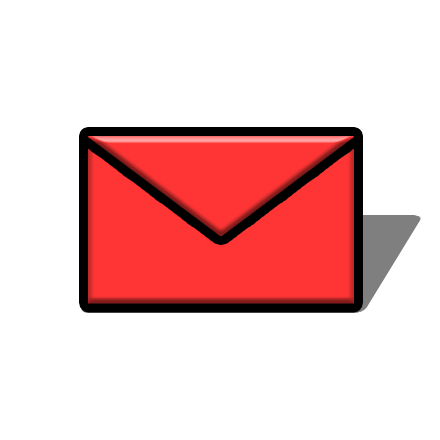 |
|
Photo: Seamus Mcgill Licensed under Public Domain via Wikimedia Commons –
|
Although you may not consider yourself an expert wordsmith, it’s likely you write as part of your job every day, and most of that writing is probably in the form of emails. The vast majority of jobs (especially in PR) require daily email use, so it’s imperative that your writing’s clear and concise. Try these email best practices to improve your writing and boost your productivity in no time.
EMAIL ETIQUETTE
Don’t beat around the bush
Nowadays most people read emails on their phone, so keep your messages short and easy to understand. Ditch overly long emails and get to the point in three sentences or less.
Pay attention to your email format
How your emails look makes a huge difference. Always check that your font matches, use bullets strategically and put keywords in bold so important facts stand out.
Watch your tone
Written communication differs from face-to-face conversations so make sure what you say doesn’t send the wrong message. Use smiley faces or other emoticons if the conversation isn’t too formal, eliminate redundancies and avoid sounding negative. A positive and upbeat approach is much more effective.
Don’t forget the greeting and closing statement
When writing email make sure to greet everyone and leave them with an closing statement. It really comes down to personal preference, but words like cheers, best, kind regards and anything else that fits your style works.
EMAIL FUNDAMENTALS
Use a great subject line
Use a memorable subject line like a question, the recipient’s first name, or put the word urgent to ensure your email gets quick attention. If you’re reaching out to a reporter, try referencing their Twitter account in some way in the subject line.
Respond quickly
People always prefer a quick response versus waiting days for a reply. Obviously, it’s not possible for every email, but acknowledging someone within 24 hours shows you’re paying attention.
Avoid playing email tag
To avoid lots of back-and-forth, ask all your questions upfront and provide answers right away. Also, repeat back instructions you received and ask for deadlines or any other important information so you can start working immediately.
Follow up professionally
Sometimes you don’t get a response no matter what you do. Instead of getting mad, take a more thoughtful approach. Add some additional information to your message and acknowledge that you know the recipient busy. Oftentimes people just missed your first email and need a friendly reminder. If this fails to produce a response, just pick up the phone.
PROOFREADING TIPS
Use Microsoft Word spell checker and read emails out loud
Gmail and Outlook don’t catch everything, so before hitting send use Microsoft Word or another spell checker like Grammarly. Besides spell checking, read your emails out loud. Doing so helps you detect run-on sentences, sentence fragments and misplaced or missing commas.
Send emails to yourself
It’s easy to make a typo without realizing it. Prevent embarrassing mistakes by sending emails to yourself first. Reading your message from the recipient’s perspective helps you catch issues you might have missed.
Have a co-worker or friend review your email
Sometimes a second pair of eyes helps you find writing flaws you wouldn’t see otherwise. When sending high-priority emails, like securing media coverage, getting peer feedback makes all the difference.
TRIM THE FAT FROM YOUR EMAILS
Eliminate long-winded sentences
Remove unnecessary prepositional phrases to make your writing easy to read. You don’t need to eliminate them all, but more than three per sentence is probably too many. See the Paramedic Method for a more thorough breakdown.
Shorten your paragraphs
If you do write long emails, shorten your paragraphs to improve readability. No one likes reading huge paragraphs with no white space. So keep your paragraphs concise (under 100 words) whenever possible.
Make a word watchlist
Maybe swearing like a sailor and saying bat-shit-crazy wasn’t the best move. Learn from your bad email experiences by creating a word watchlist so you don’t repeat the same errors again. Words people frequently misspell, like embarrassment, and meaningless jargon also make good inclusions.
EMAIL PRODUCTIVITY HACKS
Use a timer
Do you have an overwhelming number of emails that require a response ASAP? Try giving yourself a short deadline of 25 minutes to compose a pre-determined number of emails, say five or ten. This way you won’t waste time rewriting the same emails over and over again.
Wake up earlier
Waking up earlier does wonders for you productivity. Just ask Tim Cook. You don’t have to get up at 4:30am everyday like he does, but getting started before the 9am email onslaught begins means more free time for you.
Work on two screens
Having your email open constantly interferes with your productivity. So, to lessen distractions, limit emails to your phone or tablet. Use your computer only when you need to respond.
We’ve covered a lot of email tips, but feel free to try just a few. A few weeks of implementing these strategies routinely, and you’ll be an email all-star!
